Modular data centers (MDCs) come in many shapes and sizes. The exact components and configuration of those components will depend on your specifications, but any MDC should be an easy-to-deploy, all-in-one data center solution.
Look at this example of a prefabricated modular data center to see what a typical configuration looks like. Click on each component to learn more about its function in the overall modular data center design.
PCX FLX-Power™ equipment works with the backup generator and power distribution as an integral part of getting power to the MDC. Electrical switchboards and distribution panels distribute higher voltage (480 V)* and lower voltage (208/120 V) power to the various loads in the MDC, including cooling and IT equipment. A power transformer steps the voltage down as needed.
*Other voltages available
MDCs must be equipped with a fire suppression system to protect the overall investment from potential catastrophe. Fire suppression systems come in water-based and gaseous (dry) varieties. The appropriate system for your MDC will depend on the codes, standards and insurance requirements you must comply with.
Utilities from external providers must enter the MDC and connect to the facility’s internal network. This connection is known as the main point of entry (MPOE). The end user is typically responsible for providing network connectivity. However, the MDC is built with penetrations and cable glands—one of which serves as the MPOE—that allow communication cabling to be conveniently installed.
The UPS works with the backup generator and power distribution as an integral part of getting power to the MDC. A UPS is typically designed with approximately 10 - 15 minutes of battery backup to allow the emergency generator(s) to engage until the primary source is restored.
Modular data center manufacturers do not typically provide IT equipment, but these data centers include the cabinets that house that infrastructure.
IT equipment generates a significant amount of heat, making cooling infrastructure a crucial part of a reliable data center. In an MDC, cooling equipment is seamlessly integrated into the overall design and sized to handle your data center’s density.
Data center infrastructure management (DCIM) tools provide various levels of performance monitoring and offer insights into data center operations.
Security is paramount when hosting private data or sensitive business information. As self-contained units, MDCs are equipped with secure entry points to ensure only authorized personnel can access the IT equipment inside.
The backup generator works with the UPS and power distribution as an integral part of getting power to the MDC. It supplies backup power to the MDC when utility power is unavailable for an extended period.
Hot/cold aisle containment is one partition that separates the cold supply air from the hot server exhaust air.
Cable raceways serve to segregate, route and protect communication and power cabling from the MPOE to the point of use.
PCX FLX-Power™ equipment works with the backup generator and power distribution as an integral part of getting power to the MDC. Electrical switchboards and distribution panels distribute higher voltage (480 V)* and lower voltage (208/120 V) power to the various loads in the MDC, including cooling and IT equipment. A power transformer steps the voltage down as needed.
*Other voltages available
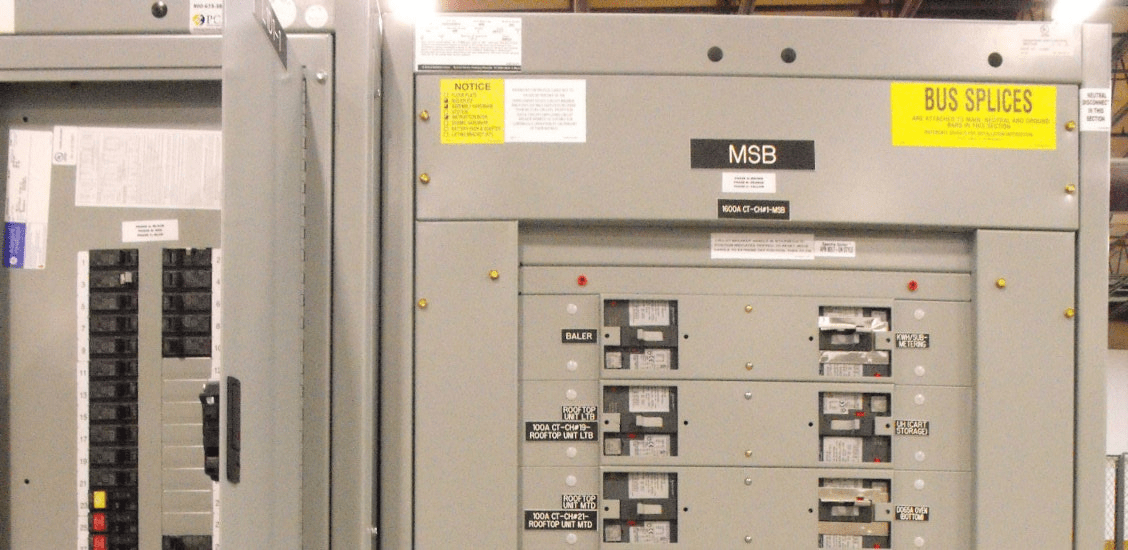
MDCs must be equipped with a fire suppression system to protect the overall investment from potential catastrophe. Fire suppression systems come in water-based and gaseous (dry) varieties. The appropriate system for your MDC will depend on the codes, standards and insurance requirements you must comply with.
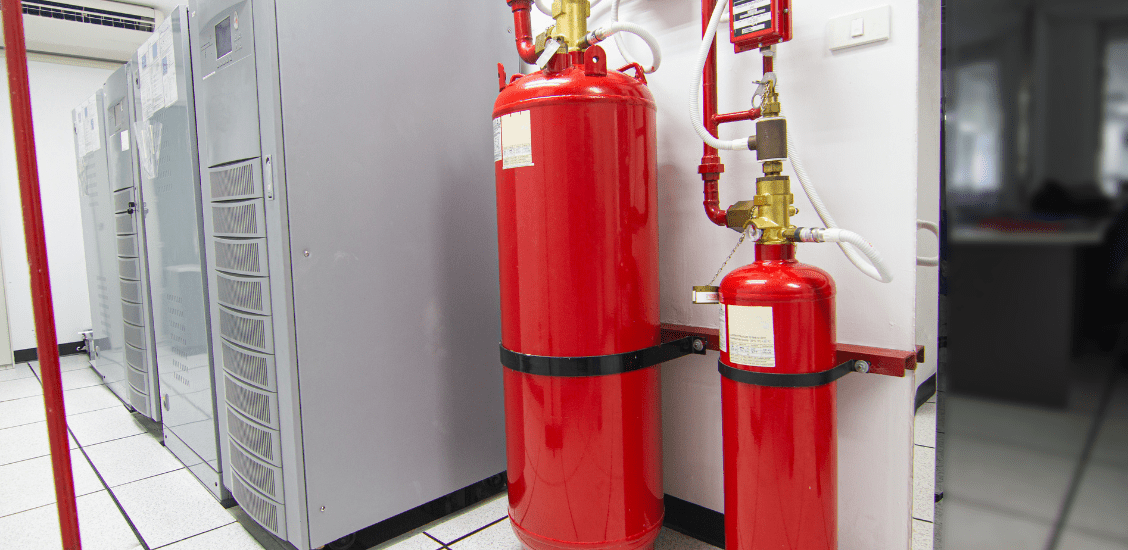
Utilities from external providers must enter the MDC and connect to the facility’s internal network. This connection is known as the main point of entry (MPOE). The end user is typically responsible for providing network connectivity. However, the MDC is built with penetrations and cable glands—one of which serves as the MPOE—that allow communication cabling to be conveniently installed.
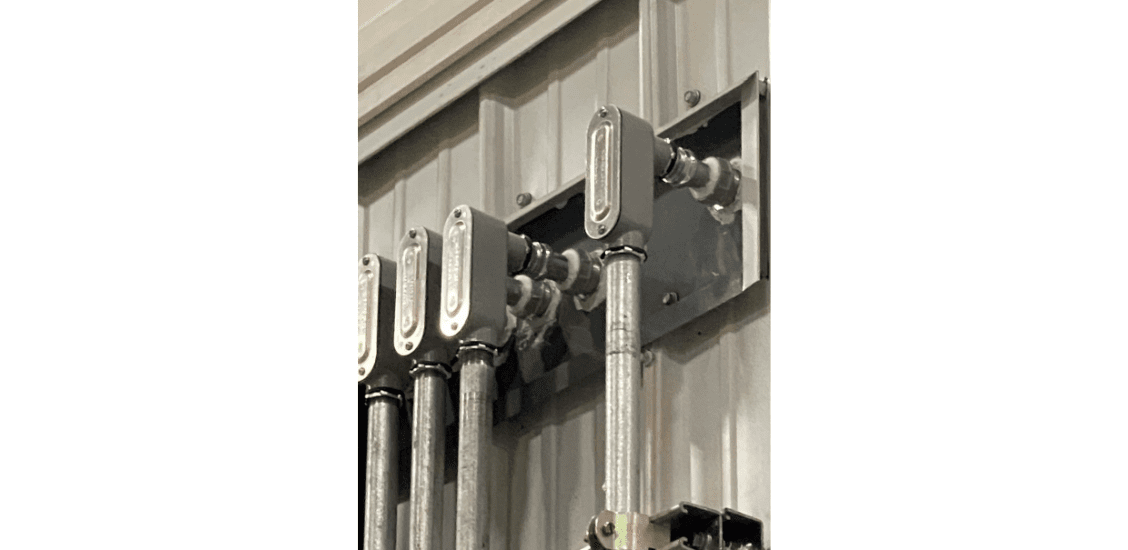
The UPS works with the backup generator and power distribution as an integral part of getting power to the MDC. A UPS is typically designed with approximately 10 - 15 minutes of battery backup to allow the emergency generator(s) to engage until the primary source is restored.
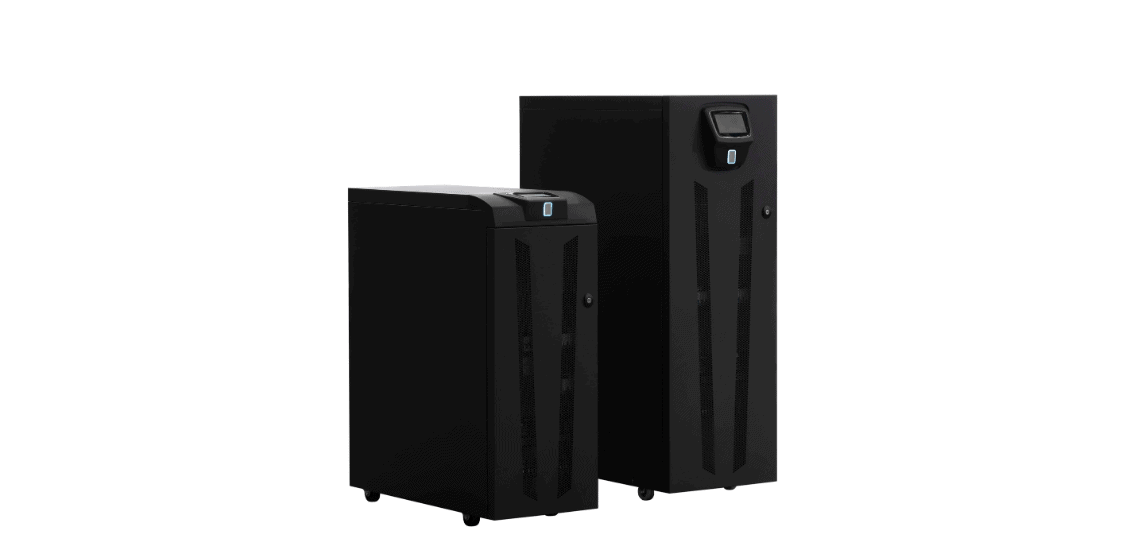
Modular data center manufacturers do not typically provide IT equipment, but these data centers include the cabinets that house that infrastructure.
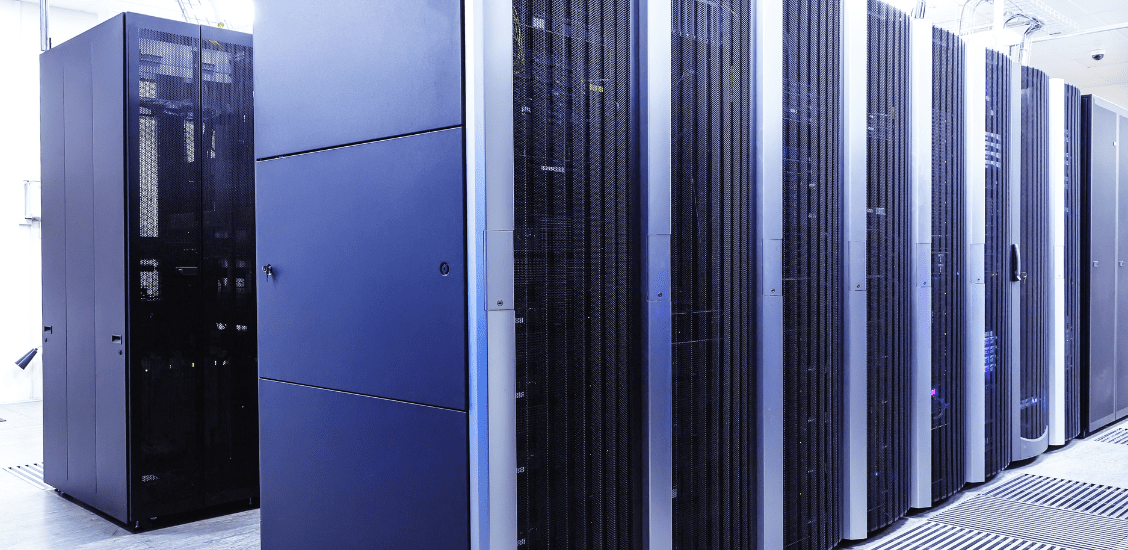
IT equipment generates a significant amount of heat, making cooling infrastructure a crucial part of a reliable data center. In an MDC, cooling equipment is seamlessly integrated into the overall design and sized to handle your data center’s density.
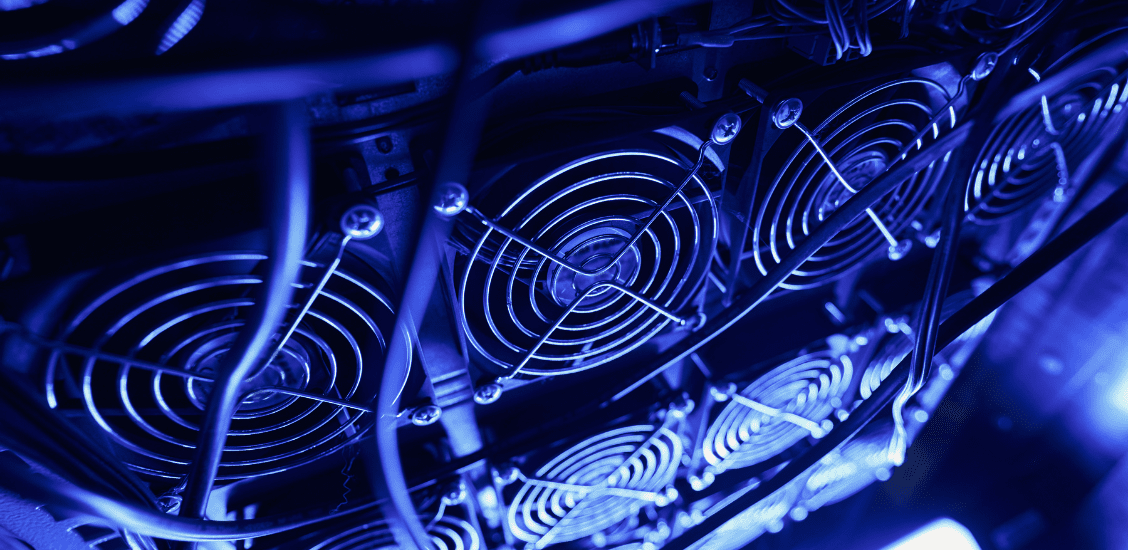
Data center infrastructure management (DCIM) tools provide various levels of performance monitoring and offer insights into data center operations.
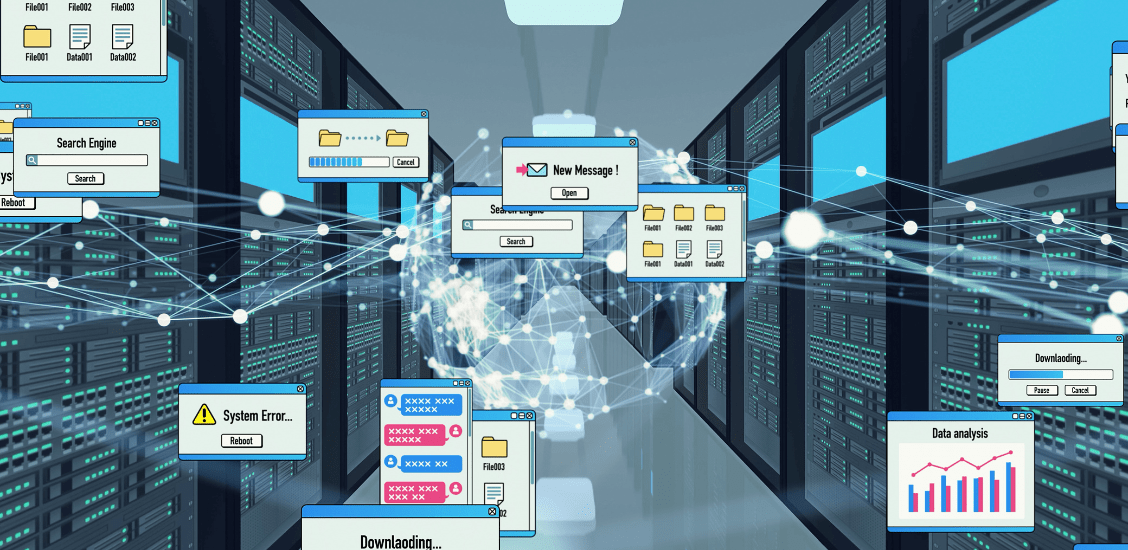
Security is paramount when hosting private data or sensitive business information. As self-contained units, MDCs are equipped with secure entry points to ensure only authorized personnel can access the IT equipment inside.

The backup generator works with the UPS and power distribution as an integral part of getting power to the MDC. It supplies backup power to the MDC when utility power is unavailable for an extended period.
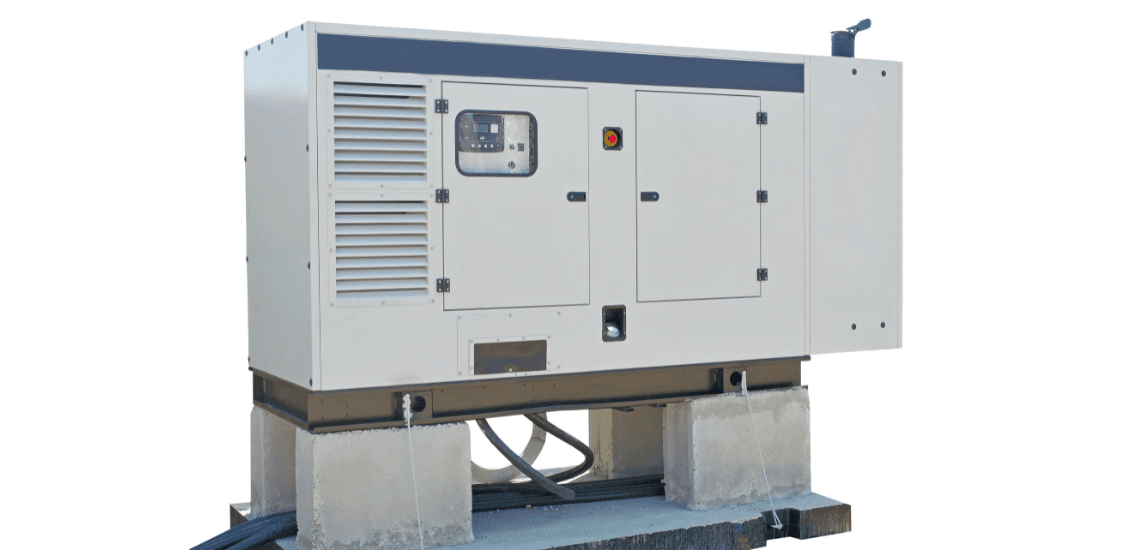
Hot/cold aisle containment is one partition that separates the cold supply air from the hot server exhaust air.
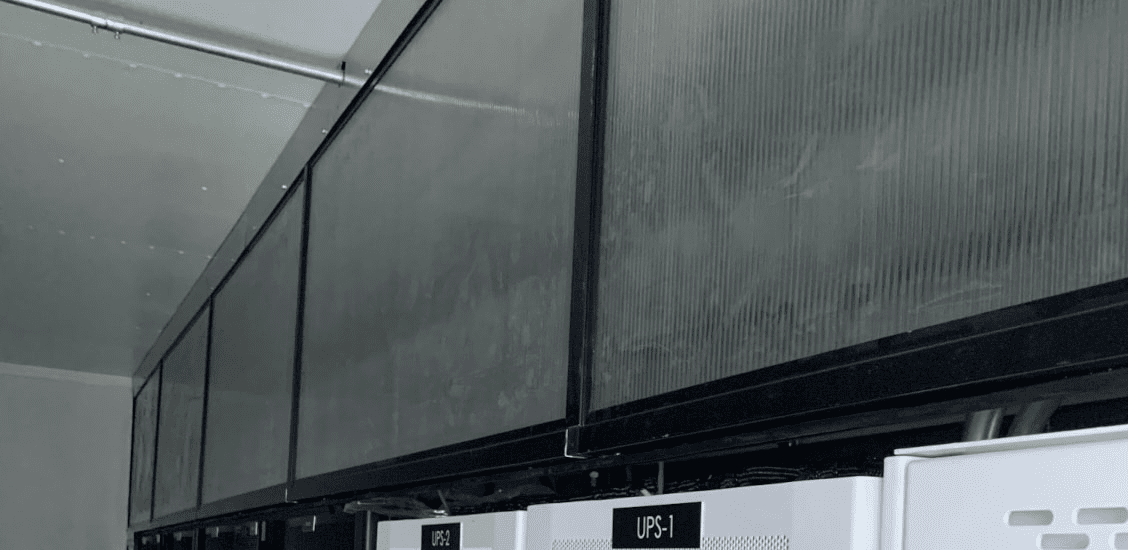
Cable raceways serve to segregate, route and protect communication and power cabling from the MPOE to the point of use.
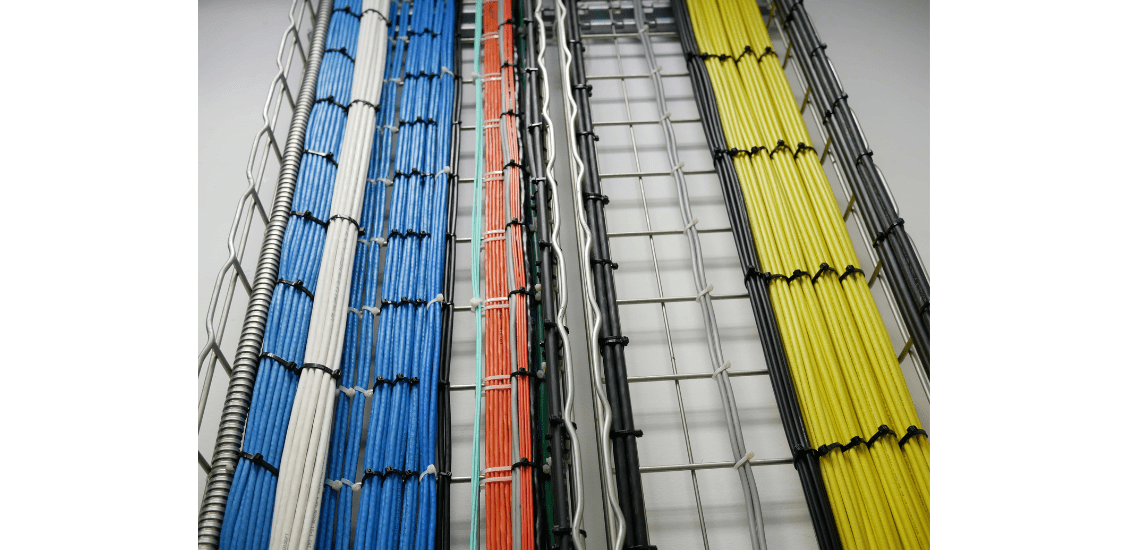
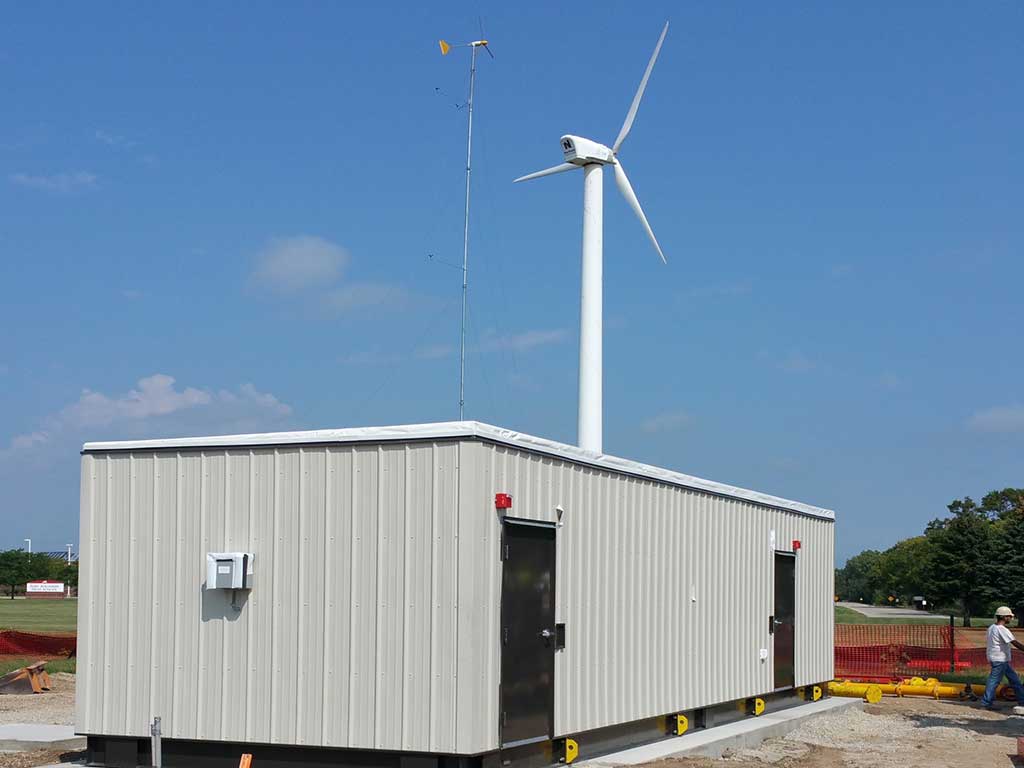
Guide
The world today runs on data—it is estimated that 2.5 quintillion bytes of data are created each day, and IDC predicts that worldwide data production will amount to 175 zettabytes by 2025.
